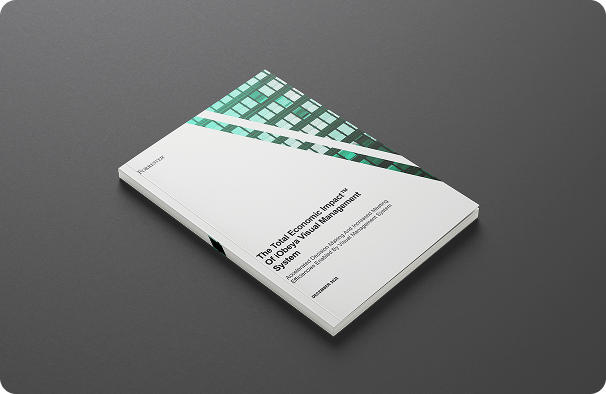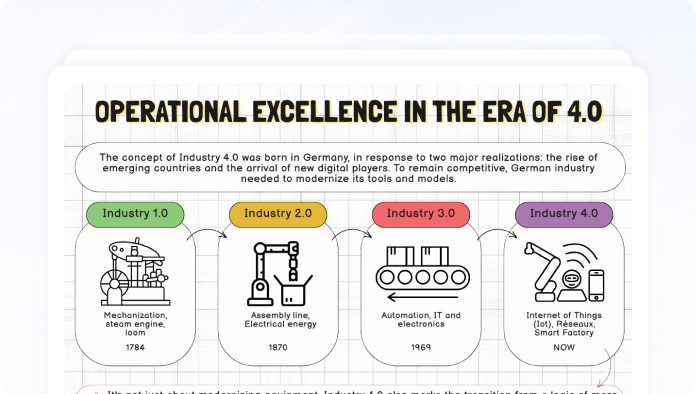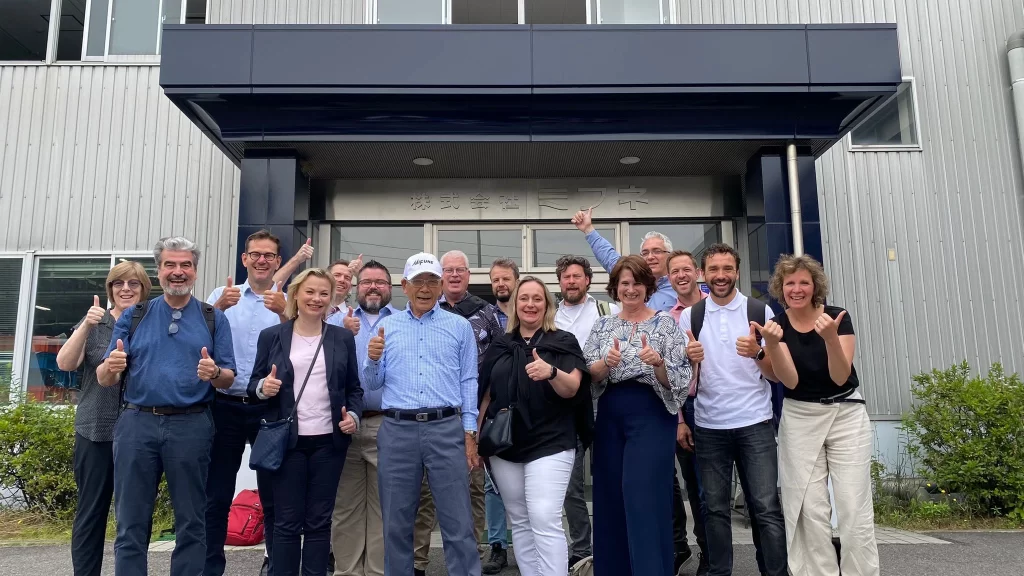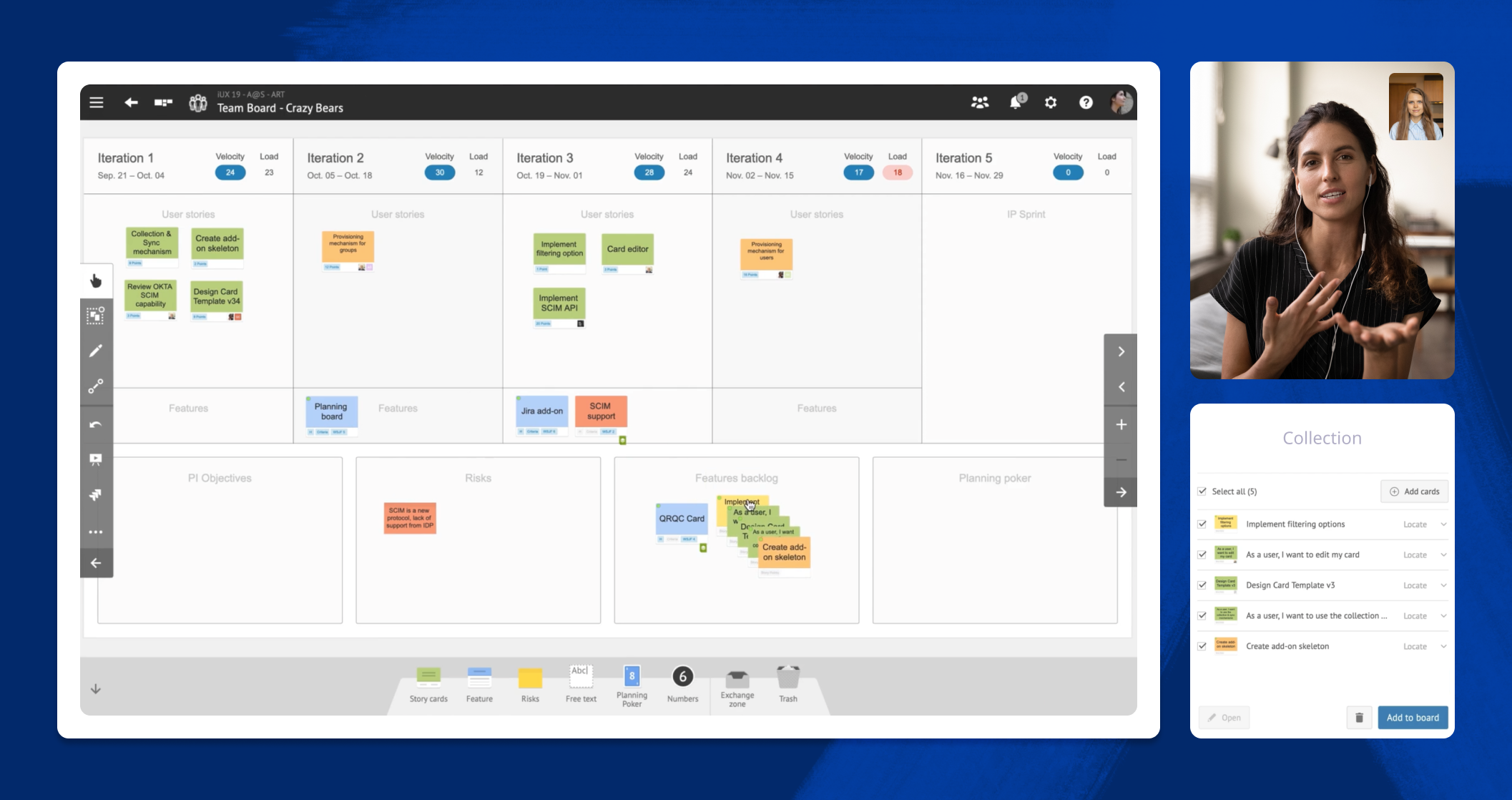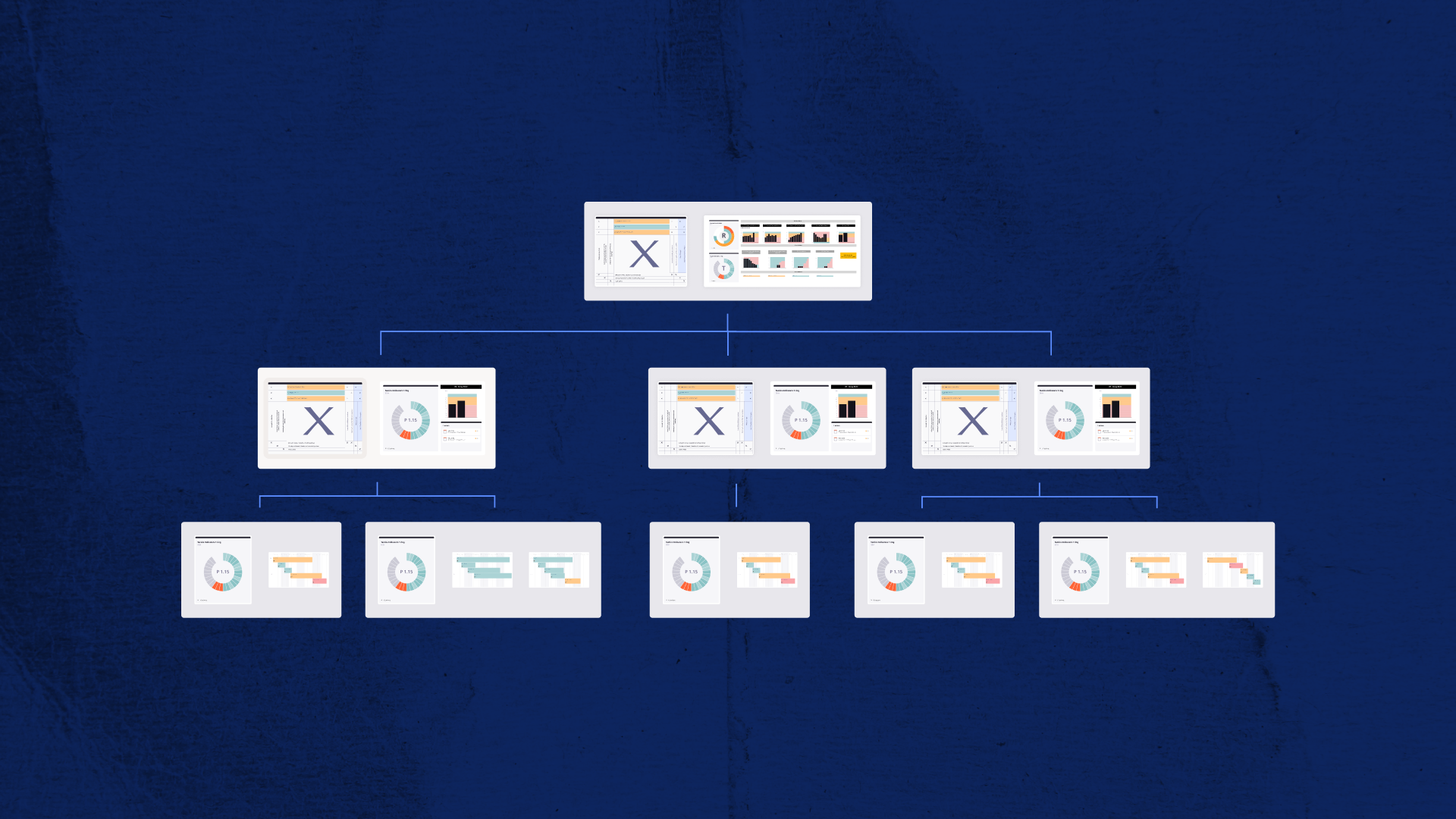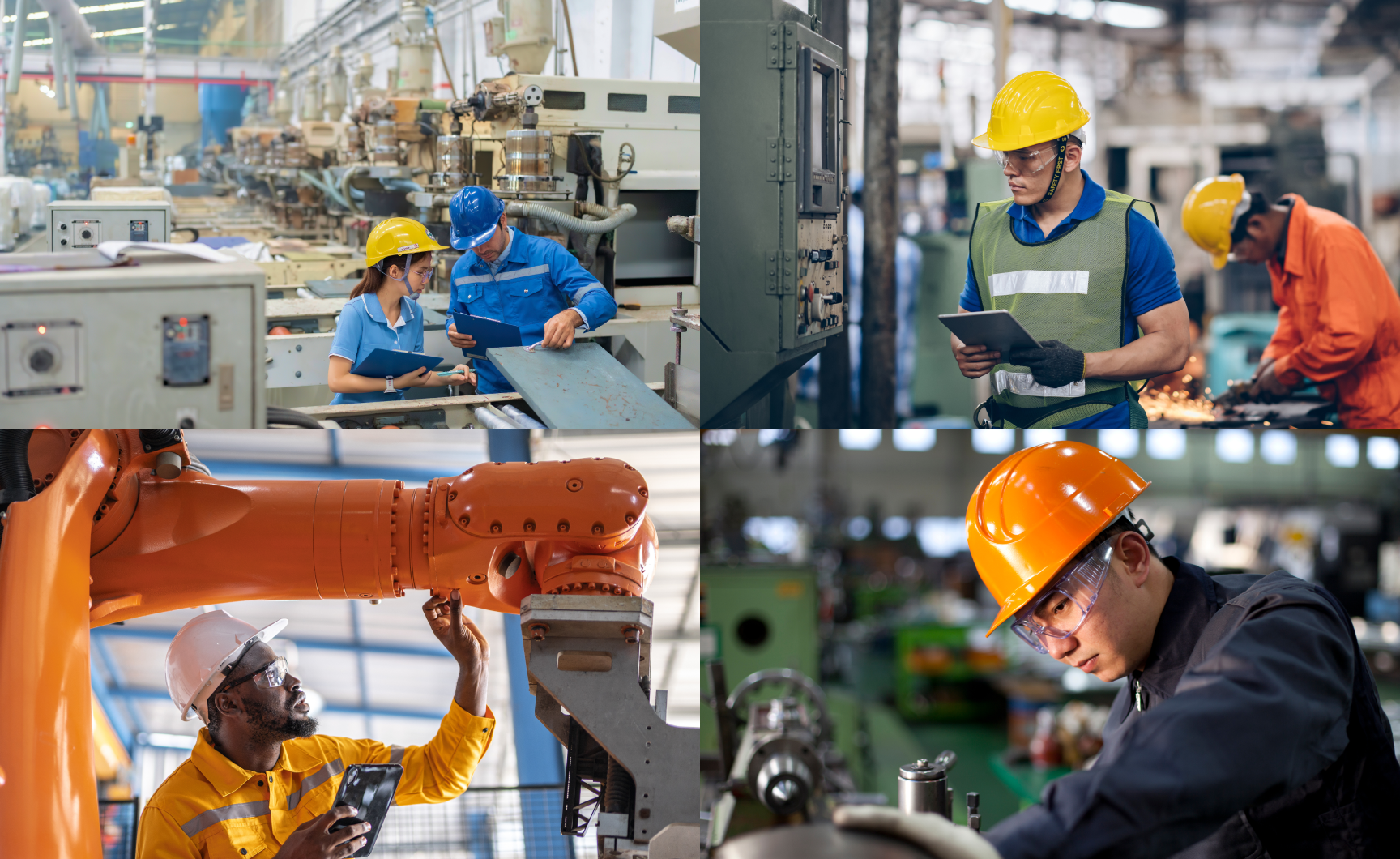Hey, let’s start your
iObeya journey!
The first Obeya Study Tour kicked off in June when 11 Obeya enthusiasts from all around the world joined host Tim Wolput and the Obeya Association’s Bart Bongers, Dolf Reijnders, and Jacobien.
Landmarks Along the Obeya Study Tour: Japan
Our key destinations included the Toyota Tecno Museum and Toyota Management Institute where we visited factory floors, a business office, and two traditional cultural gatherings. Equipped with first-hand knowledge of the roots of the Toyota Production System (TPS) as well as the vital roles Visual Management practices and Obeya play at Toyota, we were eager to go to the Gemba (where the work is done) to see familiar and new practices.
I am so excited to share what we learned so you can implement changes from home! In fact, maybe you have observed some of these same things at your workplace.
People-Centric Systems and Processes From Obeya to Kaizen
You need the energy of the people to succeed, and your systems need to support our people first.
At Toyota, they established upstream kaizen, using Visual Management practices and Obeya. From the shop floor to the restaurant, intentional processes are intended to make connections with others, to communicate with respect and to succeed together.
- Everyone is aligned. The company mission is on the wall for everyone to see (in an Obeya) and in most cases, the teams made it part of their daily routine to recite it together. Every individual had a personal mission statement, and, in some cases, it was also shared daily.
- Collective and Continuous Learning, from onboarding a new employee, to nurturing them through their career in pursuit of their personal mission, employees have the support of their teams and management to guide, facilitate and nurture the processes and culture in which learning can take place.
- Kaizen (continuous improvement) meetings are held weekly, and ideas are discussed. Those selected and implemented are tracked, including the value they deliver. (Everyone felt valued and heard).
- Transparency and Decision Making. Visual information flow is achieved through visual management techniques displayed in Obeyas delivering the right information to the right people to make effective and efficient data driven decisions.
- Customer Centricity. Every place we visited made us feel like the only customers they had ever had. They made us feel special. A place I would want to do business with. From start to finish, they look after the needs of the customer. At one place, before we left, each one of us had a hard copy of a group picture, along with a handwritten thank you note. At another company, they never say NO to the customer. Instead, they focus on the quality of the response to the customer. This they say, builds trust!
- Pride in workspace and community was prevalent. More than one place we visited told us about the employees’ idea to spend time helping to keep not only the facility where they work clean, but the neighborhood around the facility as well.
I can’t help but think of this quote from Richard Branson “Clients do not come first. Employees come first. If you take care of your employees, they will take care of the clients.”
A people first, intentional organization is the foundation for success. I hope you can take these learnings from our first ever Obeya Study Tour in Japan and recognize the strengths of your own organization and work to implement some of these other ideas!
